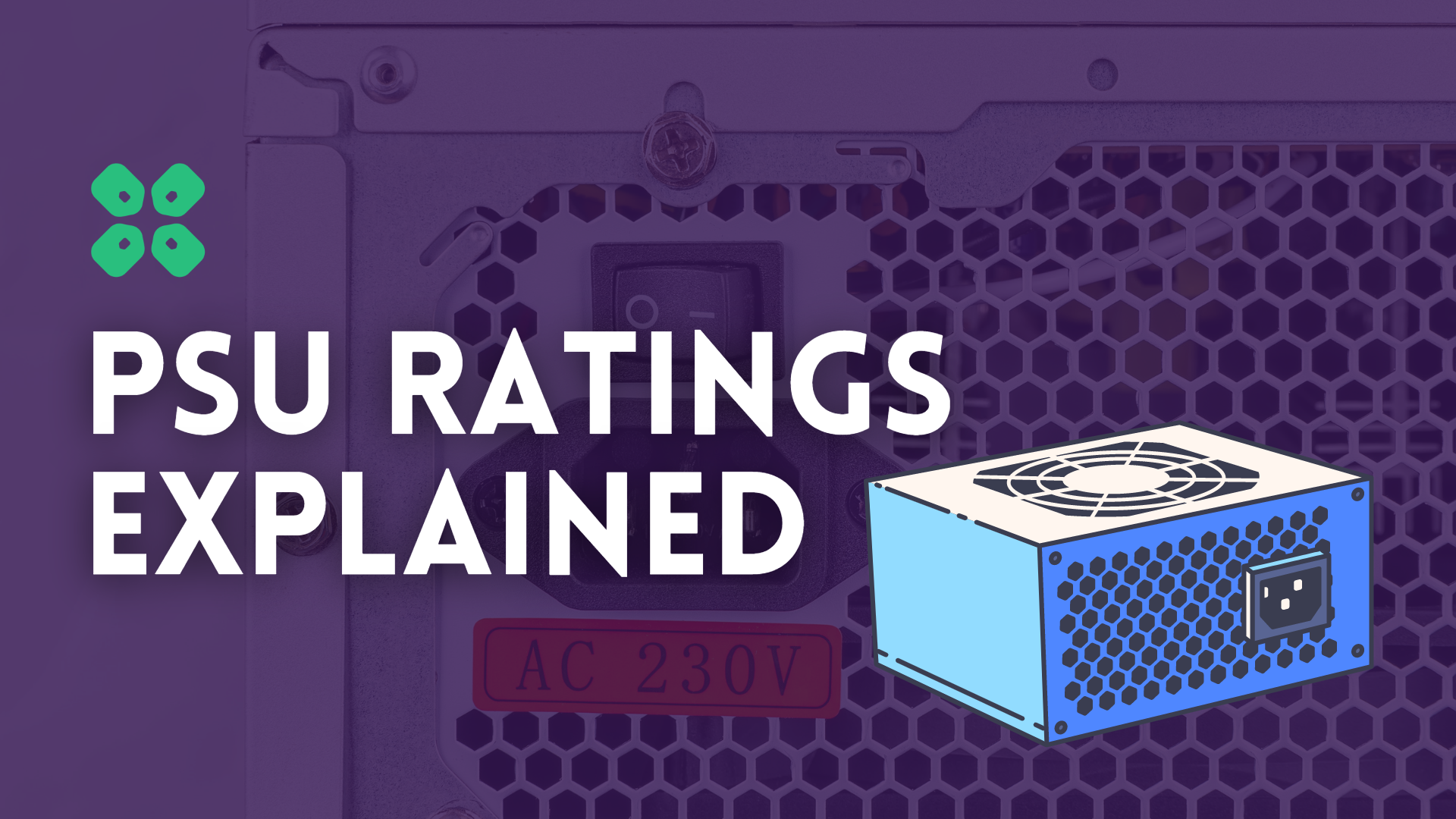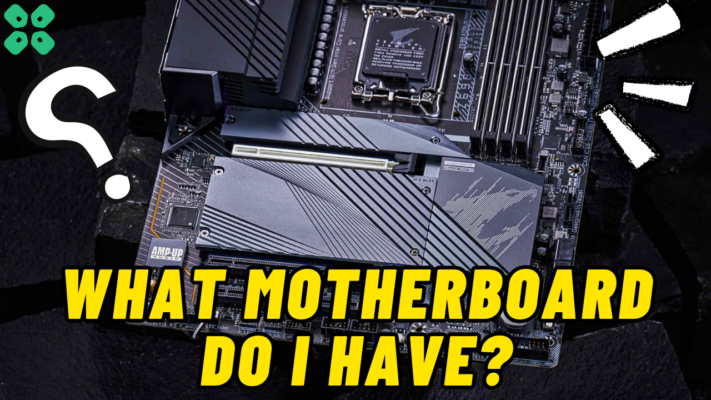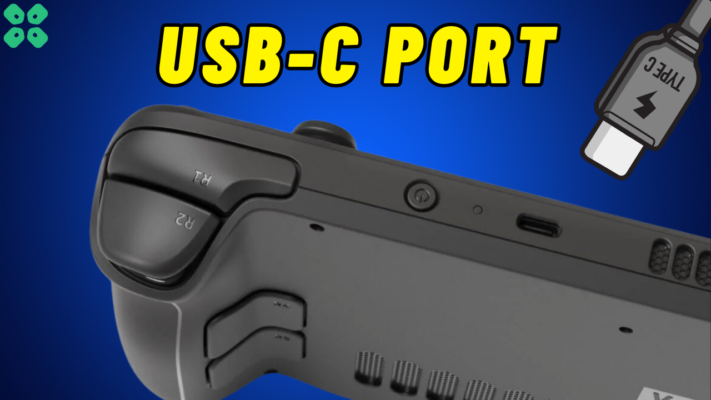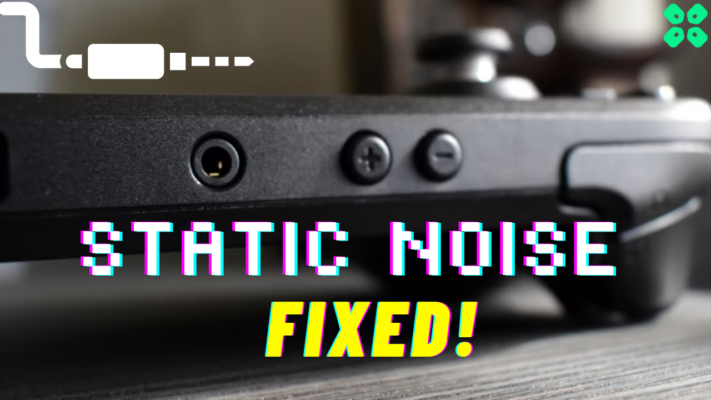Putting together a PC is easier than ever these days! Manufacturers are using standard formats, there are tons of guides out there to help you out, and you can find hardware that fits your budget.
This means you can make a PC that’s unique to you and won’t break the bank. But with so many choices out there, it’s easy to get confused, especially when you start hearing terms like “CUDA cores” and “CPU cache.” In this article, we’ll focus on power supply ratings, so you can get all the necessary information.
This video by JayzTwoCents is also a great watch for you to check out while you read our guide:
Power Supply Ratings: The Basics
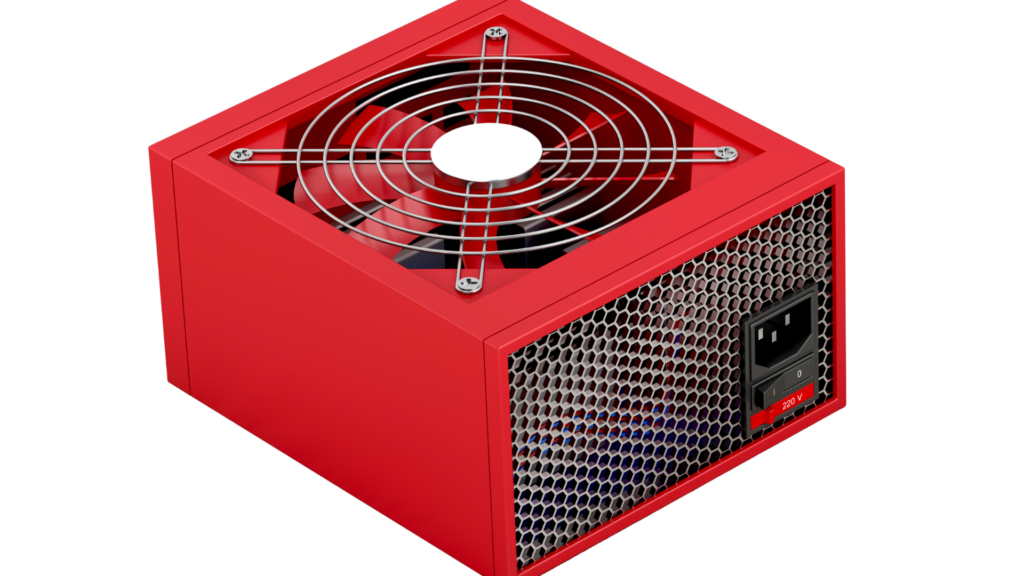
A lot of people think that the power supply rating is a good indicator of how good your power supply is overall, but that’s not necessarily the case. Most power supplies have two types of ratings: the 80+ certification and a tier of precious metal, ranging from bronze to titanium. But what do these ratings actually mean for you, the person buying the power supply? Stick around and you’ll find out why these ratings are important.
Your power supply has a big job: it has to turn the alternating current from your outlet into a direct current to power all your components. But it can’t do that perfectly – some of the AC will always be lost as heat. That’s where the 80+ certification comes in. This certification guarantees that your power supply will convert at least 80% of the AC to DC under 20%, 50%, and 100% load.
Basically, this is important because it makes your power supply more efficient and can save you money on your power bill. Most manufacturers will give you a graph that shows how efficient the power supply is at different loads. So if your build will use around 500 watts of power at maximum load, you’ll want to pick a power supply that’s most efficient at around 500 watts.
Tiers Explained:

Back in the late 2000s, around 2008-2009, manufacturers started producing power supplies with bronze, silver, gold, and platinum ratings in addition to the 80+ certification. These ratings make your power supply even more efficient than just the 80+ certification alone. For example, a bronze-rated power supply might be 85% efficient in converting AC to DC, while gold and platinum ratings can be as high as 92-93% efficient at certain loads.
These additional ratings are aimed at enthusiasts who want to make sure their systems are running as efficiently as possible all the time. Plus, higher-rated power supplies tend to have better build quality and more reliable long-term performance.
So what about the Platinum rating specifically?
Well, while the first four precious metals indicate a power supply’s performance at 20%, 50%, and 100% loads, the Platinum rating also provides high efficiency at a 10% load. This is great if you have a system that spends a lot of time idle and you want a power supply that can remain stable even at very low loads. The 80+ certification doesn’t cover efficiency at these very low loads, so the Platinum rating is a big deal for those who want maximum efficiency.
Don’t Forget About Heat Management When Choosing a Power Supply
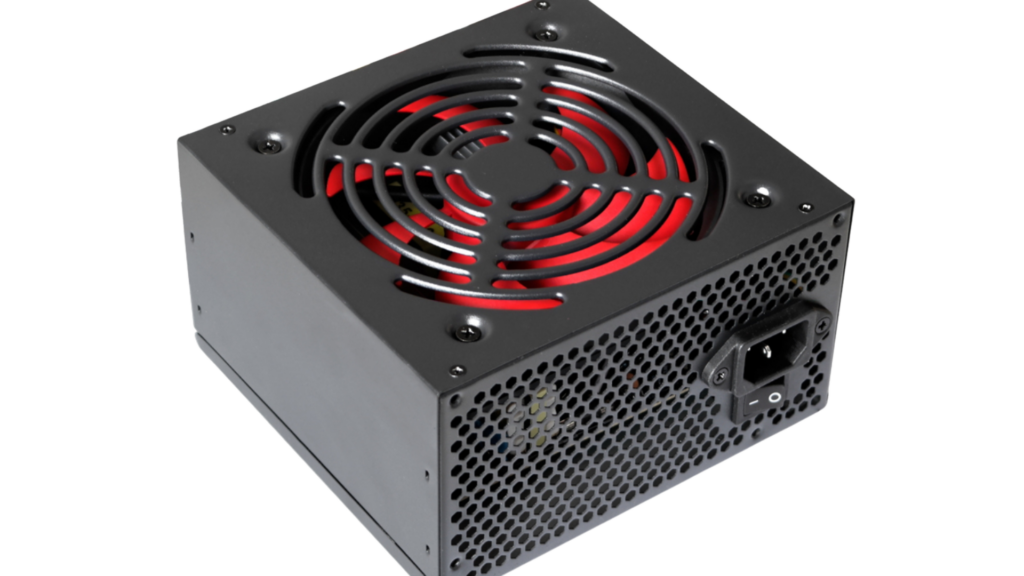
It’s worth noting that the power supply ratings we discussed earlier can also have an impact on the heat generated by your computer system. The higher the efficiency rating of your power supply, the less energy it will waste as heat, which means your system will run cooler overall.
This is important because excessive heat can cause components to fail prematurely or even permanently. By choosing a power supply with a higher efficiency rating, you can ensure that your system stays cooler, which can translate into increased longevity and reliability. Additionally, a cooler system is less likely to experience random shutdowns, which can be frustrating and potentially result in data loss. So, when selecting a power supply for your build, it’s important to consider its efficiency rating and ability to dissipate heat effectively. This will help you create a system that not only performs well but also lasts longer and runs more reliably.
Why Keeping a Power Buffer is Important for Your Build
As a first-time buyer, it’s understandable if you find all these power supply ratings overwhelming. But the most important takeaway is to always invest in a power supply that can handle a buffer for your system. You should aim for a power supply that runs at around 70-80% of its rating when running all your components at 100% load. To figure this out, you can add up the power draw of each component and buy a power supply with greater wattage.
Keep in mind that power supplies struggle with efficiency at both the lower and higher ends of the spectrum, so it’s crucial to have a buffer for the safety of your system. You don’t want your power supply to fail or your system to shut down unexpectedly.
Choosing the Right Power Supply for Your Computer Build
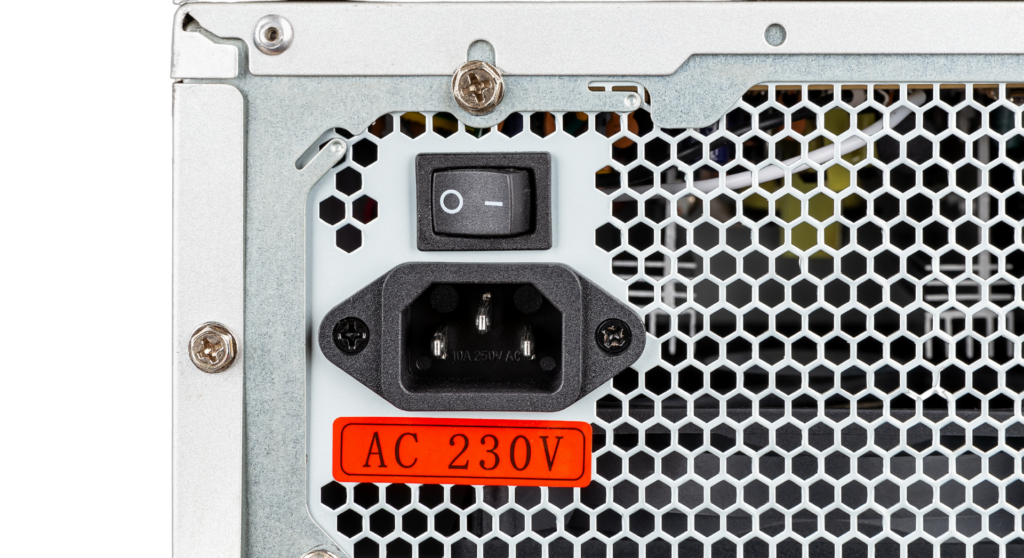
Additionally, it’s important to consider the brand and reputation of the power supply manufacturer. Some manufacturers have a better track record of producing high-quality and reliable power supplies, while others may have a higher rate of failures or quality issues. Reading reviews and doing research on the brand can help you make an informed decision(confession: I spend hours doing this).
Overall, choosing the right power supply for your system is an important decision that should not be taken lightly. It’s important to consider your power needs, efficiency ratings, heat management, and budget before making a purchase. With the right power supply, you can ensure that your system runs smoothly and reliably for years to come.
Endgame:
If you’re building a PC, make sure to get a power supply that’s at least
- 80+ Bronze certified
- 20% buffer.
So if your system needs around 350 watts, go for a PSU that’s around 500 watts.
And if you’re trying to save some cash, consider going for a cheaper case or sacrificing a bit on the looks. But don’t cheap out on the power supply, or it could mess up your whole build. We hope this helped you learn about Power supply ratings, we would love to know what your ideal PC and PSU setup are in the comments! For more informative content stay tuned to TheCPUGuide.

